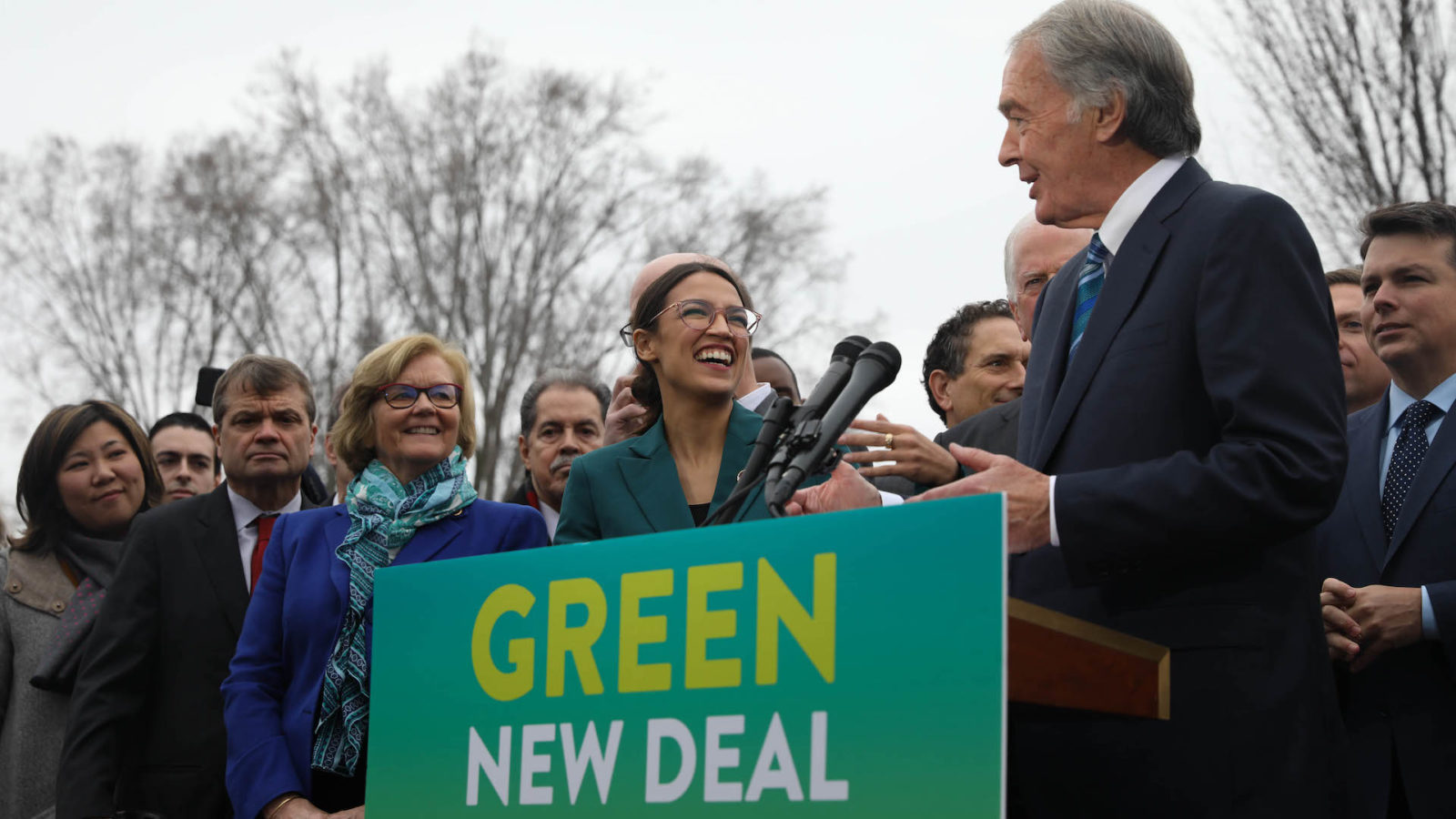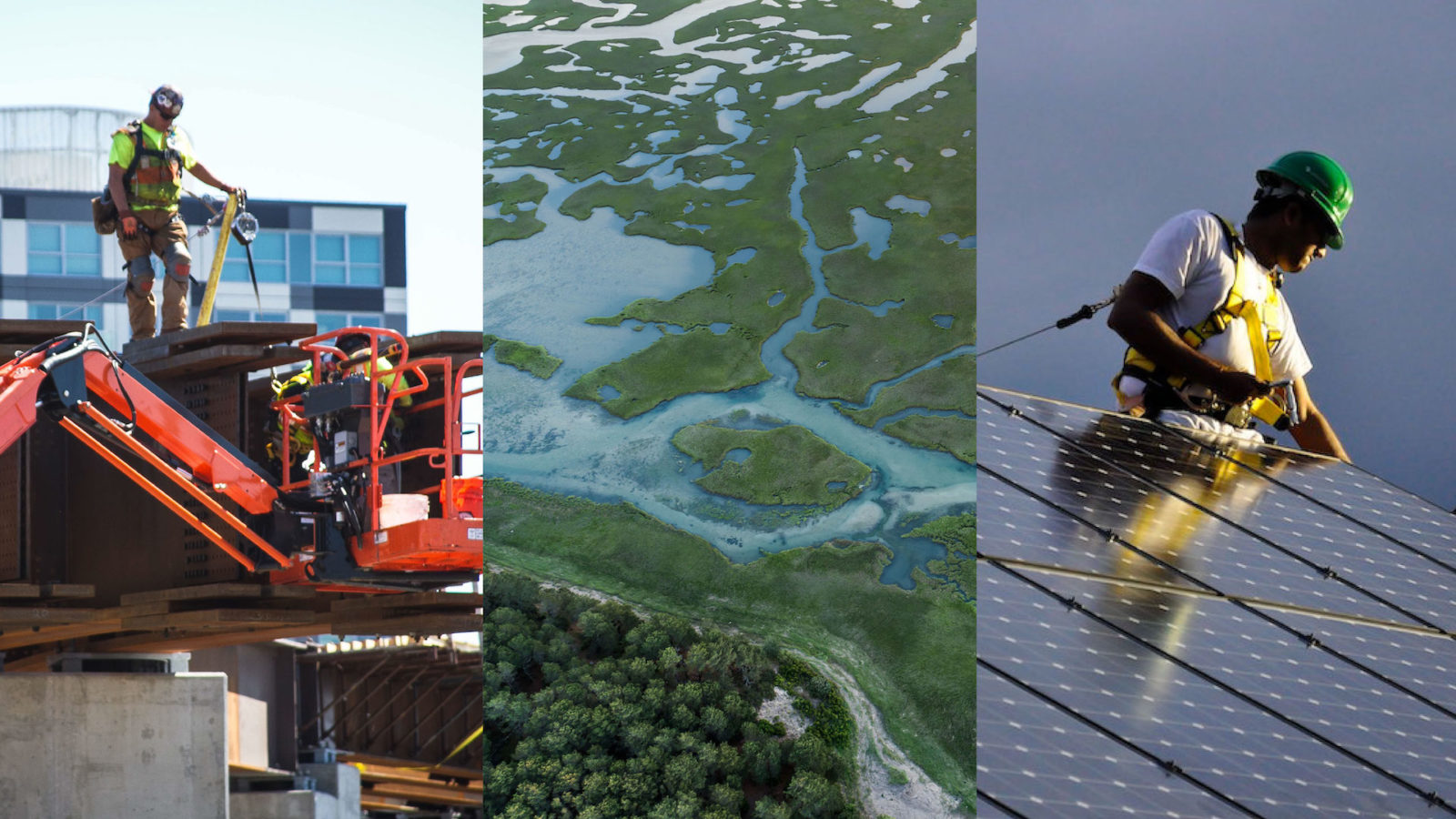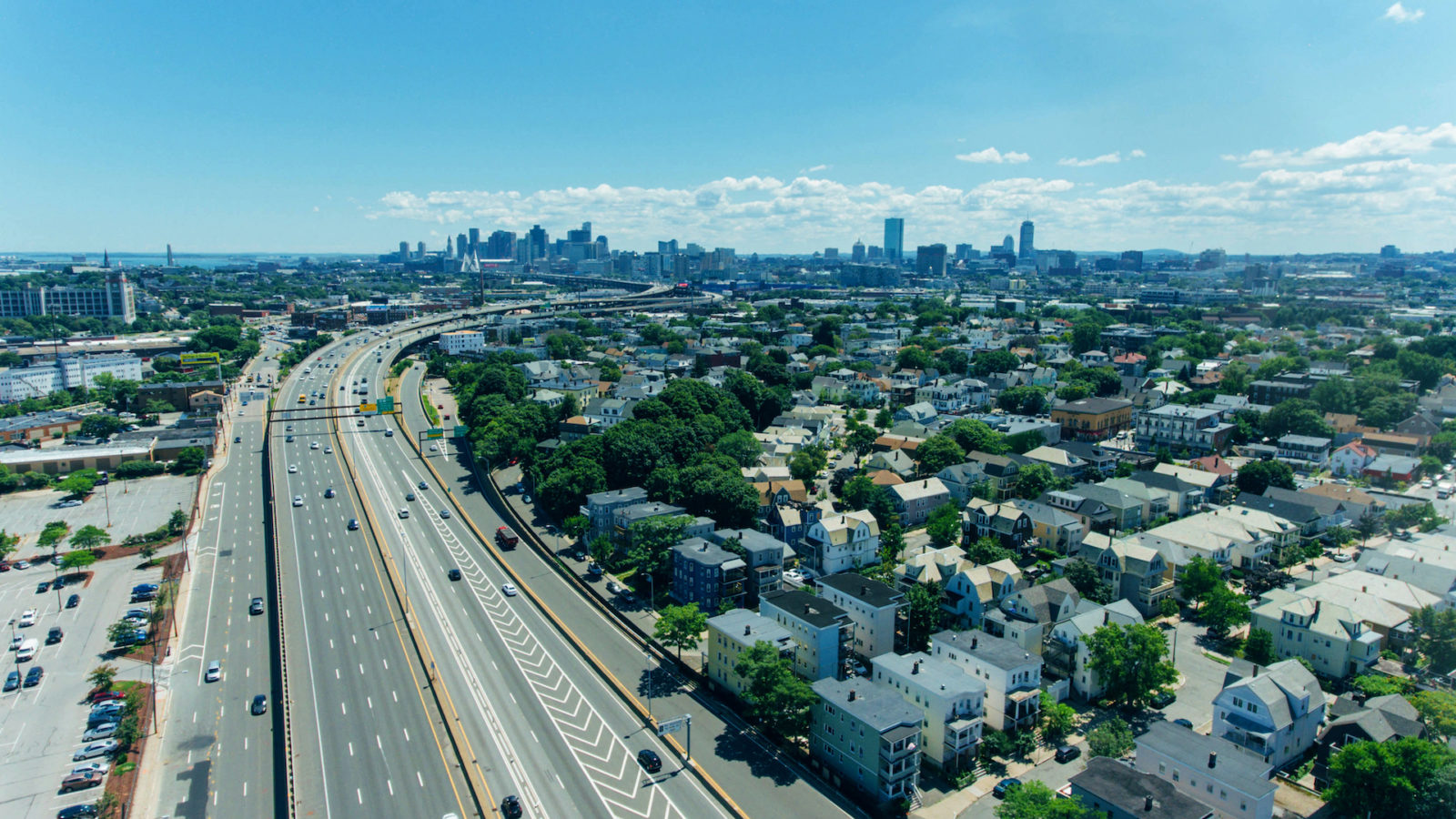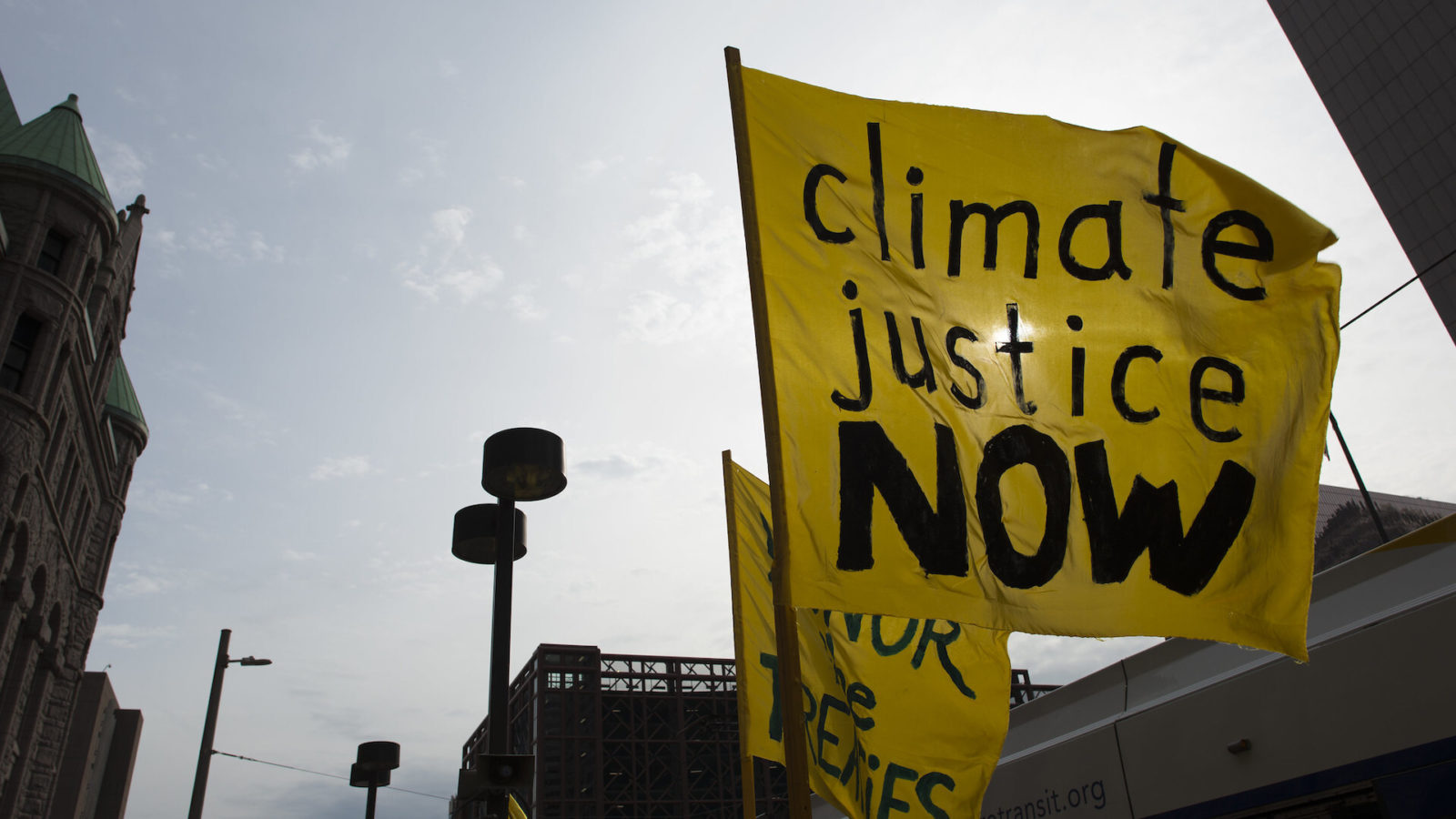2021 is coming to a close, and it’s been a year of massive changes — both good and bad. We’re still coping with new variants of COVID-19, which have thrown the world into another period of distress, and recent weather events have laid bare climate changes inherently pervasive nature. The pandemic — in all its destructive forms — continues to shed light on the parallels between this public health crisis and the climate crisis.
The major takeaway from the calamities of the past two years is that, with carefully and intentionally crafted solutions, humans can redress a multitude of issues burdening our communities. We can approach issues like COVID-19, climate injustice, racial injustice, and social injustice, in a way that balances the immediate needs of communities with the long term actions that will bring about immense prosperity and sustainability. The only thing we need is the will to do so.
At Climate XChange, we’re approaching our work on state-level climate policy through this lens. Not only are we working to pass policies that reduce emissions, but we’re also working to ensure that the actions to achieve emissions reductions work to impact positive changes in community well-being. It is the only way forward that achieves deep and authentic justice.
As we near the end of 2021, we can’t help but think about all that’s happened in the short span of twelve months, and all that will happen in the next year. We’re going to hit the ground running in 2022, but first, we’d like to take a look back at the climate action we covered last year. Here is 2021 in review, from Climate XChange to you:
Top 2021 Climate XChange Articles

1. Mass. Legislators Approve Landmark Climate Deal: Overview, Summary, & Context
January 5, 2021
In Massachusetts, lawmakers rapidly unveiled and passed a 57 page climate bill (S.2995) heralded by its negotiators as “the strongest effort of its kind in the country.” In a pleasant surprise for climate activists, the final bill released was notably ambitious, allaying concerns that the 151 days of conference committee negotiations would yield a heavily watered-down compromise. The bill takes a number of ambitious steps to tackle climate change, with some of the biggest wins in environmental justice, the creation of a new local net zero stretch code, boosts to the state’s emissions reductions goals, and the creation of new sector-by-sector sub limits on emissions.

2. Two Years Later, Legislators Reintroduce Green New Deal Bills
May 13, 2021
More than two years ago, on a chilly February day, two of the nation’s most progressive lawmakers made headlines after introducing a resolution calling for a Green New Deal. This resolution — now a household name — laid out a plan for tackling climate change and creating clean energy jobs, while centering social and environmental justice. Senator Ed Markey and Representative Alexandria Ocasio-Cortez didn’t come up with the notion of a Green New Deal — various iterations of it have been in circulation for decades — but the duo, alongside the proliferating youth Sunrise Movement, popularized the term in 2018 after AOC and a crowd of protesters sat outside of Nancy Pelosi’s office to demand bold climate action. Since then, the Green New Deal has become a brand of politics and a governing philosophy — and has served as the foundation for a slew of introduced policies and provisions. Last month, several members of Congress reintroduced a package of Green New Deal bills.

3. New Climate XChange Report: Investing in a Better Massachusetts
May 24, 2021
Our research team has been working on quantifying what green investments could mean for Massachusetts in terms of job creation and public health benefits. Our report, “Investing in a Better Massachusetts: An Analysis of Job Creation and Community Benefits from Green Investments,” finds that an effective path to economic recovery prioritizes a Green Investment Portfolio focused heavily on funding community and public infrastructure programs. These Green Investments create significant benefits for the community, including job creation, cost savings for consumers and businesses, reduced traffic congestion, cleaner air, and safer and healthier transportation systems. Key findings include: (1) every million dollars invested in the Green Investment Portfolio supports 14 jobs, which outperforms the state average (8.5) and the state’s ten largest industries (7.8); and (2) every dollar invested in the Green Investment Portfolio pays itself back twice over in cost savings and public health benefits.

4. Driving the Toyota Mirai: My Hydrogen Fuel Cell Car Experience
September 17, 2021
The invention of the automobile changed the world forever, but with this groundbreaking innovation came a cost: depending on gas and fuel to power motor vehicles for years has resulted in billions of tons of carbon dioxide emissions being released into the atmosphere. And year after year, research has shown that the number one source of greenhouse gas emissions in the United States is the transportation sector. Electric vehicles have long been the most popular and well-known among the clean energy vehicles that can reduce planet-warming emissions, but they aren’t the only clean cars available. Another type of clean technology is hydrogen fuel cell vehicles, which also have electric motors but differ in that they are powered by hydrogen gas.

5. Understanding the New Massachusetts Climate Law
April 8, 2021
After a year-long legislative push, a sweeping update to Massachusetts climate policy is now law. In short, the new law sets higher statewide goals to cut emissions, while creating opportunities for the state to better prioritize environmental justice, nudge utilities towards renewable energy, and make it easier for consumers to be more energy efficient, among other things. We breakdown the key takeaways from the 114 sections that make up “An Act Creating a Next Generation Roadmap for Massachusetts Climate Policy,” dive into how Massachusetts policymakers got it done, and a look at what comes next for climate policy in the state.

6. Part II of our Latest Research: Investing in a Better Massachusetts
June 2, 2021
Over the course of January to March 2021, Climate XChange and Fairmount-Indigo CDC Collaborative engaged in conversations with frontline community leaders across Massachusetts. These discussions sought to understand the challenges they see in their communities, comprehend their long-term vision for solutions, gather their priorities for how investments should be spent, and identify ways to make the benefits of investments accessible to all. We embarked on this research project to highlight the priorities of frontline organizations across Massachusetts for how to best allocate government investments spurred by this moment of economic, social, and climate crises. The resulting report compiles key recommendations that represent the qualities and values that every investment package moving forward should exhibit. Interviewees stressed that the stakes are too high to repeat the same mistakes again.

7. How Do States Plan To Meet Their Climate Commitments?
July 14, 2021
This white paper analyzes the trends and comprehensiveness of 2030 state climate action plans. Specifically, between January and April 2021 the Climate XChange research team mapped and identified the occurrence rate of close to 50 “Building Blocks” of state climate policy, as defined by Climate Cabinet Education. Currently, only 18 out of 24 U.S. Climate Alliance (USCA) states have released draft or final plans to meet 2030 greenhouse gas (GHG) reduction targets. The exercise revealed state climate action plans driven by legislative directive are approximately 13 percent more comprehensive than those driven by executive order alone. While there is a key distinction between climate action plans and policy implementation, establishing targets, limits, and timelines through planning is an essential start. States are key junctures for climate policy, public spending, and economic transformation, meaning they have immense opportunity to tackle the climate crisis, revitalize the economy, and advance justice through climate action. Thus, it is valuable to assess the comprehensiveness of existing state climate action plans to identify the trends and political forces that may lead to improvements.

8. Environmental Justice Takes Center Stage in Massachusetts Legislative Session
September 10, 2021
The 2021–2022 legislative session in Massachusetts has seen an increased focus on environmental justice, with four exciting bills being introduced thanks to the hard work of organizers, advocates, and community leaders from across the state. These bills come on the heels of the Next Generation Roadmap, a bill signed into law earlier this year that updates the Commonwealth’s climate goals, provides new guidance and requirements around clean energy and utility regulation, updates the state’s building codes to allow for net zero requirements, and creates the state’s first legal definition of environmental justice. Building from this progress, four significant pieces of legislation have been introduced this session that relate to environmental justice (EJ). Below, we break down the four pieces of legislation and highlight key takeaways as the legislative session continues.

9. Report: An Assessment of Environmental Justice Policy in U.S. Climate Alliance States
September 3, 2021
State and local governments persist as important venues for environmental justice (EJ) legislation to address local community needs and priorities. They frequently innovate on environmental and social justice policy at a faster rate than the federal government, and provide existing efforts for federal agencies to learn from. This study tracks the implementation rate of three procedural EJ policies across Alliance states: (1) How each state defines an environmental justice community; (2) Each state’s environmental justice mapping capabilities; and (3) The status of dedicated environmental justice staff and/or advisory bodies. We find that the three policies analyzed in this paper are growing in popularity among Alliance states. However, they have yet to achieve widespread adoption. The Alliance state’s newfound commitment to equity, a just economic transition, and environmental justice will succeed based on whether they can set up the correct procedural policies to address injustice in a sophisticated way.

10. An Inequitable Pandemic: How Environmental Racism Has Worsened COVID-19 in Communities of Color
September 23, 2021
The COVID-19 pandemic is an injustice that is intersectional at its core. The inequities associated with this crisis are innately tied to specific pre-existing disparities in public health, workers’ rights, housing stability, and more, but one critical and commonly overlooked element of this intersection is environmental injustice. Environmental injustice refers to environmental harms, such as air and water pollution and toxic chemical exposure, that disproportionately burden low-income and Black, Indigenous, and people of color (BIPOC) communities. Especially relevant to COVID-19, an airborne virus which affects the respiratory and cardiovascular systems, are environmental injustices related to air pollution. Decades of racist environmental action, and equally racist policy inaction, has led to astronomical infection and mortality rates from COVID-19 in BIPOC communities.









